Description and cultivation of azimines
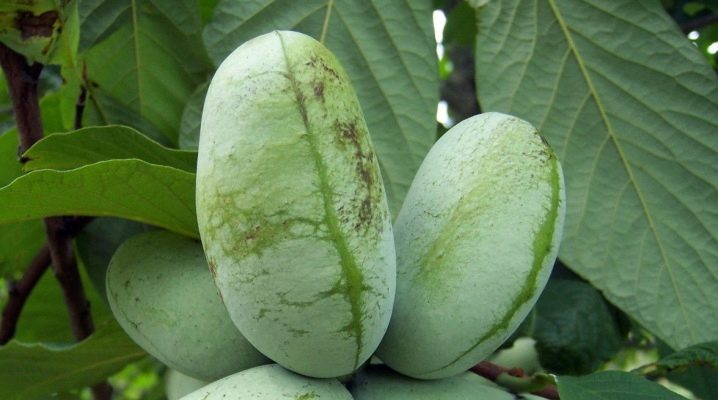
On the territory of our country, azimina is not yet very common, but this is a good plant to complement the collection of experienced gardeners. It stands out for its decorativeness and delicious fruits, which it gives with quality care. It is grown in the open field, but provided that the climate in the region is suitable. Azimin is allowed to be cultivated at home.
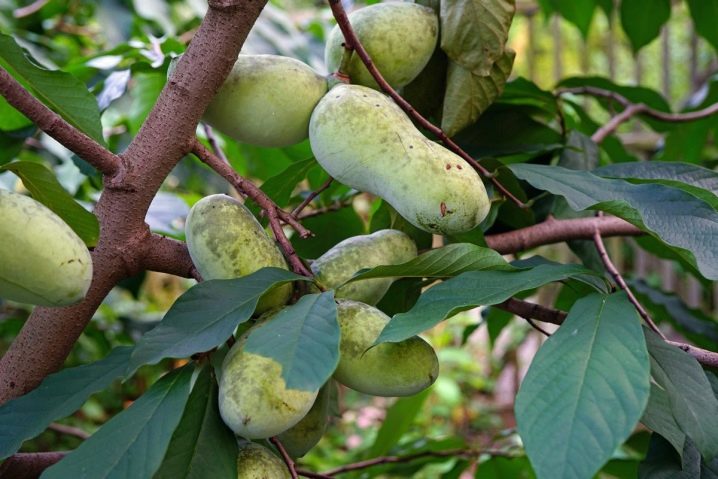
Description of the plant
Azimina refers to deciduous plants, also known as the banana tree. Its genus is not numerous - all studied 8 varieties grow in North America.
In its natural environment, a tree can reach 15 meters, but when cultivated on a site, it does not grow to these dimensions. Thanks to this, it is not difficult to collect the fruits of the pawpaw.
The three-bladed variety is highly frost-resistant.... It can withstand a drop in air temperature down to -30 degrees. This azimine grows in Canada, but it is also found in other countries, it is also cultivated by domestic gardeners. The plant was cultivated not so long ago, just a century ago.
For azimina to bear fruit, it must grow in a temperate climate that borders the subtropics.
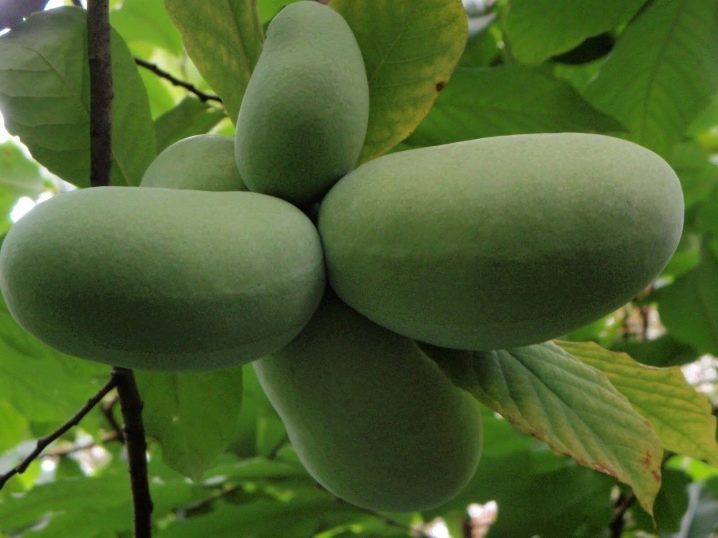
This plant has many names, for example, northern banana or dog, triloba. The fruit is very similar to papaya. They have an elongated, slightly curved shape. Their length can vary from 50 to 150 mm. Each weighs about 350 grams.
The peel of the fruit of the pawpaw has an unattractive green hue, is very thin, so it can be easily removed. When the fruit reaches technical ripeness, it is almost transparent. Yellow flesh is hidden inside. The fruits of the pawpaw are soft and even creamy. It is difficult to describe the taste that the plant possesses, but the fruits contain a lot of sugar. If you close your eyes and smell them, it may seem that you are standing in front of a strawberry with cream.
The fruits have seeds that are very similar in shape and location to those found in persimmons.
The fruits of this tree are rich in vitamins and minerals, therefore they are so valued in dietary nutrition.
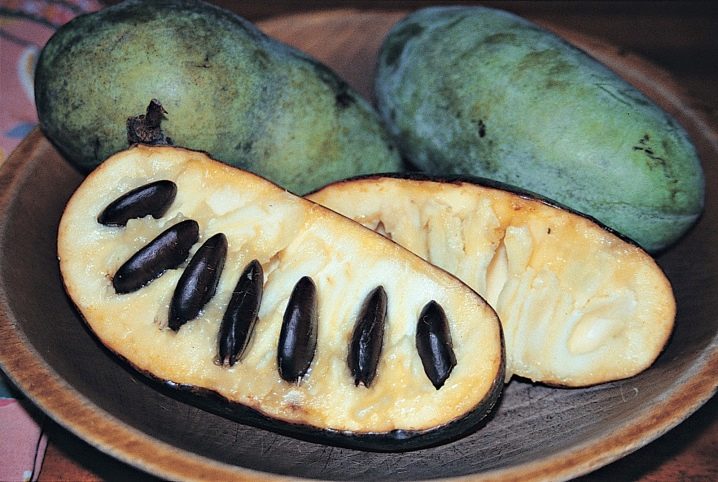
However, due to the high content of sucrose and fructose azimine is contraindicated in people with any form of diabetes. If this fruit causes an allergic reaction, it is only with individual intolerance.
From the fruits of pawpins, wonderful compotes are obtained, they can be canned, ice cream and even marmalade can be made. If the summer is hot and dry, then the fruits of this plant do not reach the desired size, since they become smaller due to inappropriate weather conditions.
Special attention should be paid to the appearance of the pawpaw crown. In adult plants, it is spreading, looks like a pyramid. But this result can only be achieved with regular pruning of the tree. In its natural environment, azimine forms dense thickets.

The bark on the trunk is smooth and has a gray tint. When the shoots are young, villi can be seen on them. The leaves of the pawpaw are large, the length can reach 200 mm. The shape is something similar to the geometric shape of an ellipse. They are tough, bright green in color, and pale red on the inside. The attractive gloss makes the leaves appear artificial. The tree is greened only by the beginning of summer, flowers bloom first.
In April, the buds open, the azimine blooms for 20 days, but the flowering is uncommon. The viability of each individual flower is no more than a week. The plant practically does not suffer from spring frosts, since flower buds have natural protection in the form of a dense shell.
The tree is prized for its decorative flowering. The inner petals can be wine-colored, or dark scarlet or even purple-violet. But these flowers do not smell very pleasant. Some have compared this flavor to that of rotten meat.

Although the pawpaw has many advantages, the tree has a number of disadvantages. Among them, it is imperative to highlight the following points:
-
low productivity;
-
reproduces poorly;
-
wood is very fragile;
-
you need to harvest on time, which is not stored for too long.
An adult pawpaw tree gives no more than 40 kg of ripe fruits, and then only when the year has turned out.
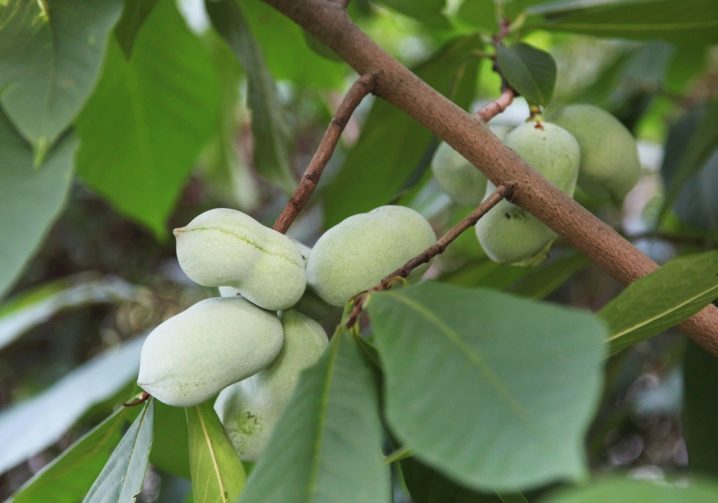
The seeds of this plant do not germinate well, more than half of the young seedlings are likely to die.
You should not transplant the tree to a new place, even if it is young, since the azimina is sick for a long time and often dies. Experienced gardeners propagate the tree by grafting. But this procedure requires a lot of experience from the person.
If azimina grows in a region where winters are characterized by a large amount of precipitation, then the crown will need to be regularly cleaned of snow, otherwise it will simply break under its weight.
When it comes to harvesting and storing fruit, if you don't harvest it on time, it will deteriorate right on the tree. When the fruits are overripe, they develop an unpleasant aftertaste. Fresh azimine is stored for no more than 3 days, if you put it in the refrigerator, then no more than 5.
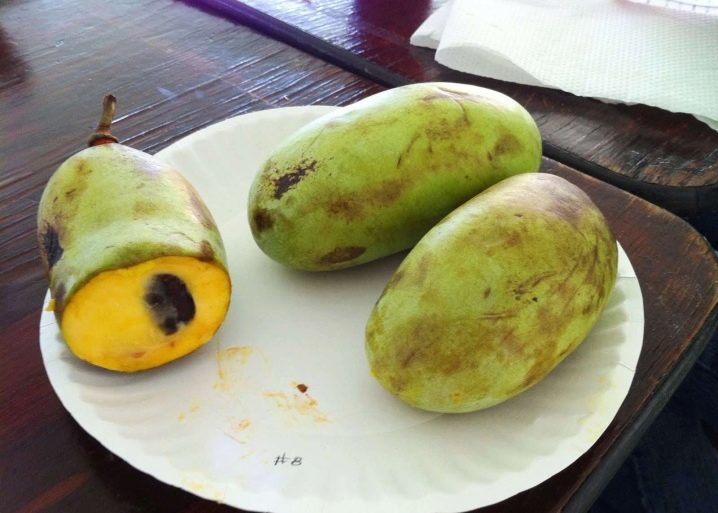
Types and varieties
The described plant has many varieties, but not all of them are cultivated on the territory of our country, so it is worth talking about them in more detail.
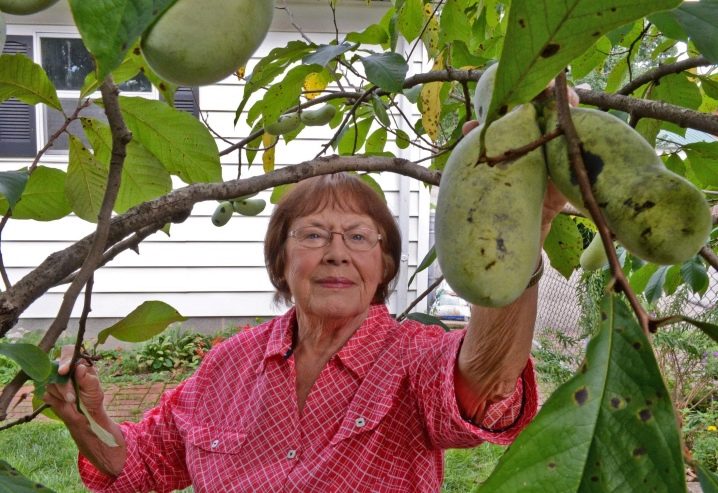
Three-bladed
The three-lobed, or Mexican variety, grows in the United States, but today it is successfully grown here too. This is the most popular tree among plant breeders, because it takes root well in different climatic zones and does not impose special requirements on the amount of sun.
Most often it reaches 8 meters in height, the crown of an adult plant is formed sprawling, with a large number of shoots. Like most varieties, the foliage is bright green, oval in shape. The tip is pointed.
It begins to bloom in the second year after planting in open ground. Most of the crown is covered with brown flowers in spring. Fruits can be eaten in autumn, their length is about 150 mm. They are quite juicy and have a pleasant aroma.
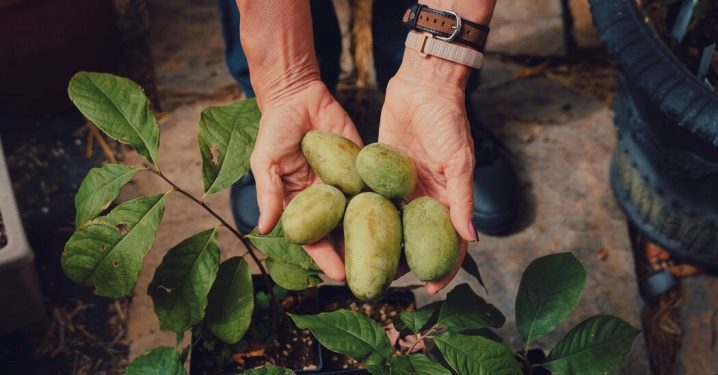
Dwarf
This shrub does not reach large sizes, about 120 cm. Of the characteristic features, long ovoid leaves can be distinguished, which are bent to the side. Flowers are dark pink, up to 30 mm in diameter. Flowering continues throughout the summer period. The fruits of this pawpaw are also edible, but more often the shrub is planted on the site as a decorative design.
The variety can be grown in a pot at home; an acidic light soil is suitable for this. In comfortable conditions, the dwarf azimine grows rapidly and begins to bear fruit by the second year.
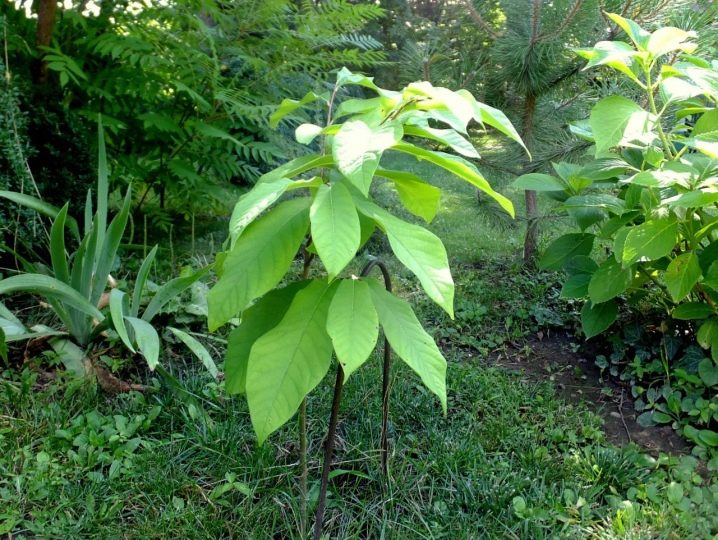
"Inkana"
This variety sheds foliage by winter, does not grow more than 150 cm. The crown is neat. The peculiarity of "Inkana" is that it perfectly adapts to a drop in air temperature, so its foliage is formed already in March. Azimina of this variety has a rich green shade of leaves, they are narrow and rather long. Flowering occurs in May. The shade of flowers is white or delicate pink.
By the end of summer, the fruit is technically ripe and ready to be harvested.
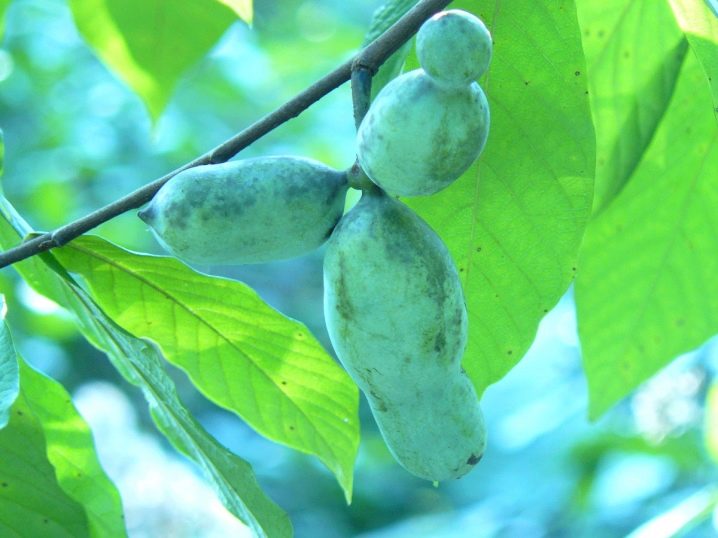
"Martin"
It is the most cold-resistant variety. It does not occur in the natural environment, since it belongs to hybrids. The plant looks like a shrub, the height of which sometimes reaches 12 meters.
Flowers at "Martin" are brown, under the leaves. The variety is valued for the high quality of the fruit it gives. They have a strong aroma, sweetness and juiciness.... Fruits can be up to 500 grams.
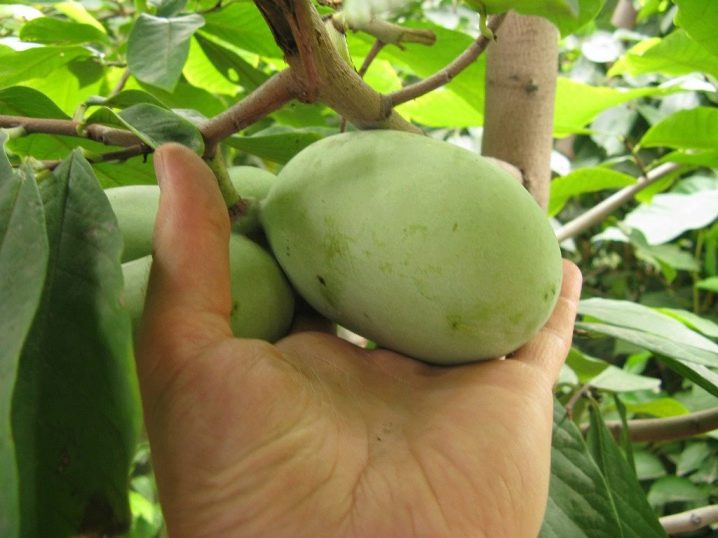
Other
Other varieties of pawns are also grown in Russia, for example, "Sunflower" or "Primu". You can find on the plots "Dessertnaya" azimina, "Potomac" and "Taylor" variety.
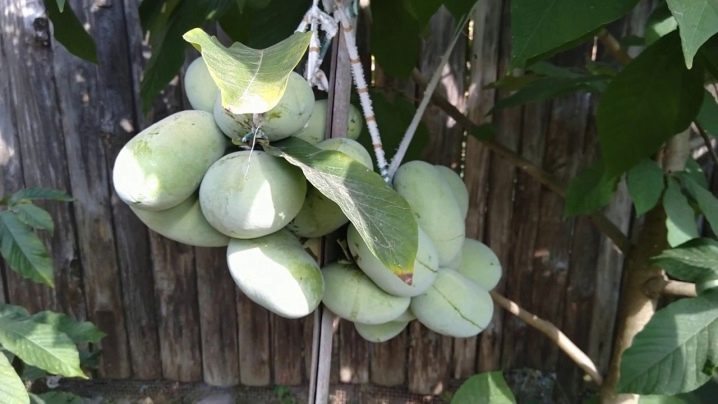
Growing conditions
A sunny area is suitable for planting the described plant, since most of its varieties have special requirements for this indicator. Azimine is planted with the expectation that 160 days pass from the appearance of flowers to the collection of fruits. It should be borne in mind that young trees in open ground do not tolerate frost, therefore it is better to carry out the procedure in March-April, when there is no risk of sudden frosts.
If you provide the plant with proper care, then soon after planting it will be possible to enjoy the beneficial fruits.

Location
Despite the fact that azimina loves the sun, this rule does not apply to young plantings, since they suffer more from harmful ultraviolet radiation. Therefore, when choosing a place, it is worth considering that the plant will have to be shaded for the first few years.
Only by the third season, the shelter is removed. The worst option in this case would be a transplant, which the tree at this stage of life may simply not be able to transfer.
Without the right amount of sun, the fruits of the pawpaw will not ripen properly, and its growth will be inhibited. There should be no walking drafts on the site, which are detrimental to foliage.

Soil and planting
A banana tree can grow on any soil, but the ideal option is considered to be slightly acidic, with a pH level of 5 to 7. If the ground is too dense, then high-quality drainage will need to be organized in the planting pit.
The best planting material is two-year-old seedlings. It will be required to leave from 3 meters between the trees, if the plant is planted in rows, then there is still a free space of 5 meters between them.
Pay particular attention to the dimensions of the planting pit. Its diameter should be between 60 and 70 cm, a suitable depth is 50-60 cm.
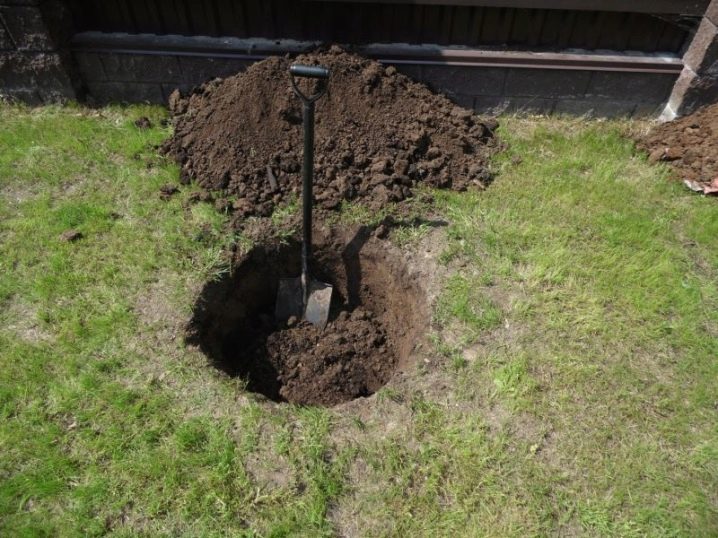
At the bottom of the pit, first a drainage layer is laid, consisting of expanded clay or brick chips, then it is filled with an earth mixture, which includes:
-
garden land;
-
5-9 kg of humus, compost can be used;
-
some sand;
-
a small amount of ash.
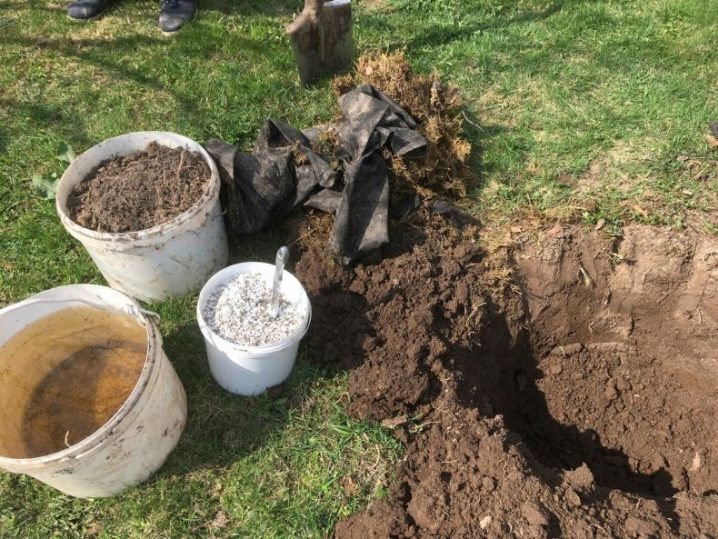
A young plant is placed in the middle of the hole of the planting pit, the rhizome is spread and sprinkled with the prepared mixture. When the hole is half full, the soil will need to be tamped with good quality hands to eliminate the appearance of air pockets. Then it is filled to ground level and watered. When the moisture is absorbed, the trunk circle should be covered with straw or sawdust mulch.

Watering
To properly organize the watering of a banana tree, you will need to take into account the time of year and the amount of rainfall. If the summer is hot, then you don't need to spare the water. The plant requires regular and abundant watering, but the soil cannot be poured.
With the onset of autumn, it is better not to water the tree at all, or water it very rarely. The soil around the pawpaw needs to be regularly loosened and weeds removed. If the soil is constantly wet, it will cause rotting of the root system. The best option for irrigation is settled water, preferably warm.
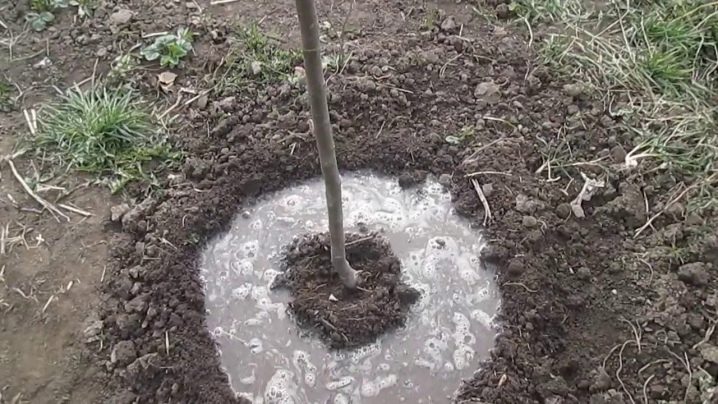
Fertilization
For the first year, the plant does not need feeding, but only if, when planting, the soil mixture was prepared according to the rules... In the second year, the first fertilizers are applied in the form of a nitrogen-phosphorus mixture, which should be in liquid form.
Ash from straw or plant tops is a good food for a banana tree. It is enough to scatter a tablespoon around each trunk circle before watering.
As strange as it may sound, the silt extracted from the bottom of the lake is also a unique fertilizer. It is diluted at the rate of 180 grams per liter of water.
And also manure is often used, but it must be necessarily rotted, otherwise you can damage the young root system of the plant. Top dressing is used alternately and is applied until the very frost with an interval of a week.
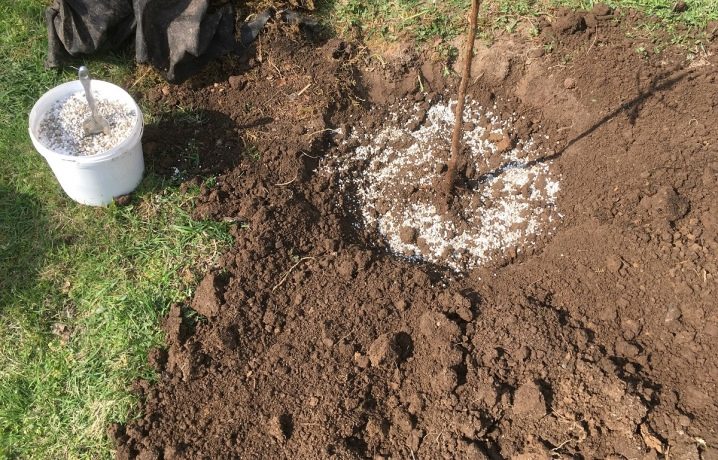
Preparing for winter
The banana tree has good frost resistance, can easily withstand a drop in air temperature to -30 degrees Celsius. Despite this, some preparation is required for young seedlings. You can cover the near-trunk circle with straw, and cover the crown with agrofibre or burlap.
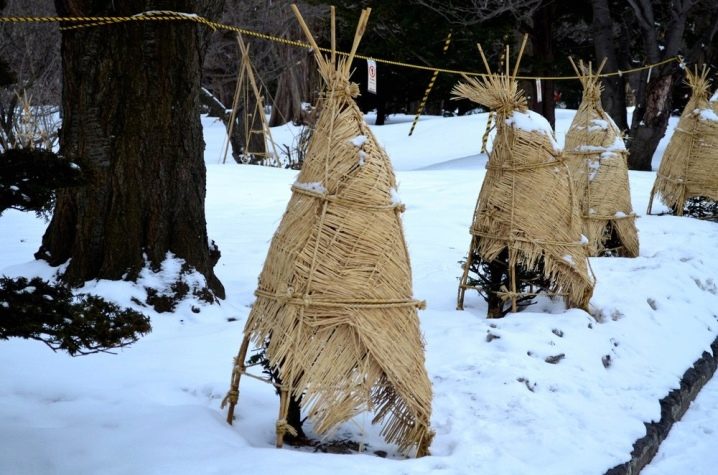
Reproduction
The banana tree propagates by seeds, grafting, and less often by root shoots. Each case has its own characteristics.
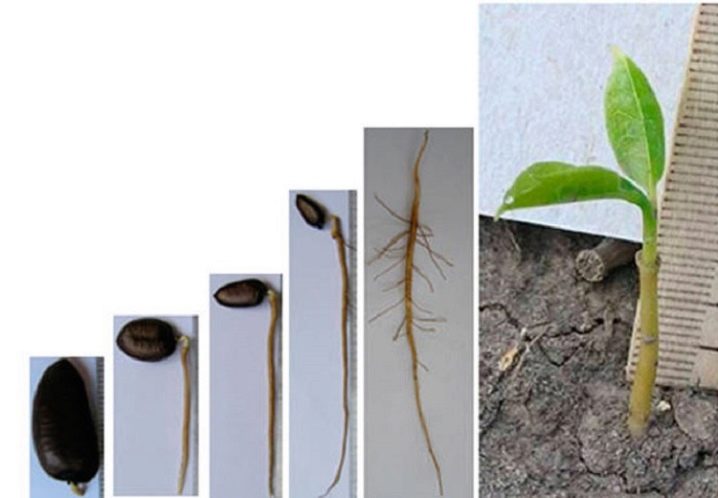
From the bone
When using this method, the seeds must go through a mandatory stratification process. In simple terms, they will need to be kept at temperatures from 0 to -4 degrees for 4 months.
For sowing seedlings, small but deep containers with a substrate are suitable. In one container, you can immerse 2 seeds at a depth of 2-3 cm at once, since they do not differ in germination capacity in the pawpaw. Often, professionals use peat pots, for which a ready-made substrate is purchased in specialized stores.
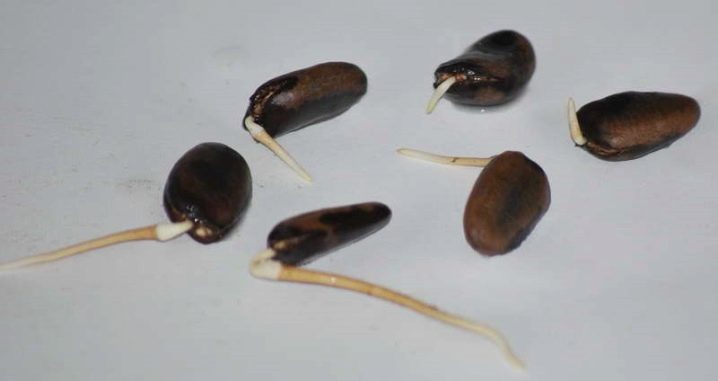
It is a bad option when the seed is sown in one large container, since with the development of the root system in each plant, the roots are simply intertwined with each other.
To then plant young seedlings in the ground, you will have to disturb the roots. A pick in this case will be harmful. Subsequently, the seedlings will need an air temperature of 18-22 ° C. In pots, the first shoots should appear in two months or a little more.
There is an option when the seeds are sown directly into open ground. This is possible, but you need to use podzimny sowing, which is carried out in the middle of autumn. From October to spring, the seeds undergo a natural process of stratification. It is worth waiting for shoots only next spring. Young plants that have reached 100-150 mm in height are in the first stage of vegetative development. You need to wait for fruits from such plantings no earlier than 5 years later, and sometimes even later.
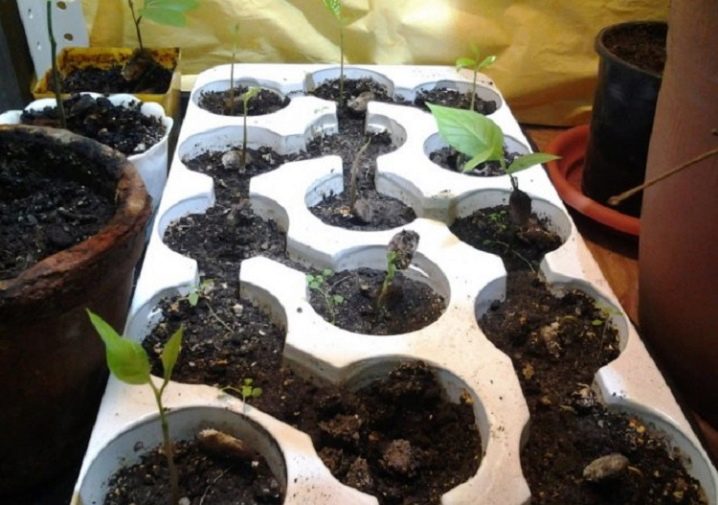
Parts of the rhizome or root growth
This option for propagating a banana tree is also possible. Although he does not often have root shoots, it is suitable for reproduction. You will need to cut off a young plant and transfer it directly to open ground to a permanent place.
If this option is not available, you can take a piece of a thick root and plant it in a shallow hole with a nutrient substrate.
A month after regular watering, young shoots should appear on the surface.
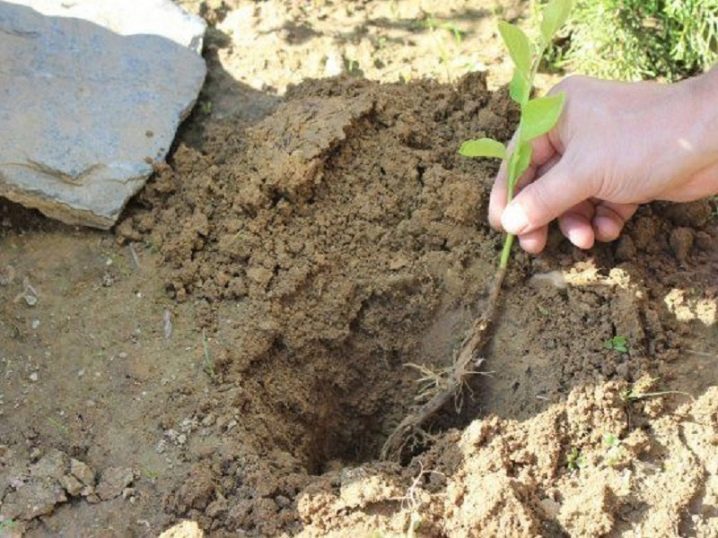
Graft
This method is the most difficult and not available to every grower. In this case, only one option is used - in the split. As a scion, it is recommended to take already lignified cuttings.
The depth of splitting should be 1-1.5 cm. A sharp cut of the scion is placed in the gap formed and positioned so that both parts perfectly match. Next, the vaccination site is wrapped with a film, thus protecting it from moisture. It must be understood that it is possible to preserve all the characteristics of the mother plant only when using this method.

Possible diseases
The banana tree is resistant not only to disease, but also to pest attacks. However, with strong waterlogging of the soil, the development of root rot... For prophylaxis, a weak solution of potassium permanganate is used, with which the tree is watered several times per season.
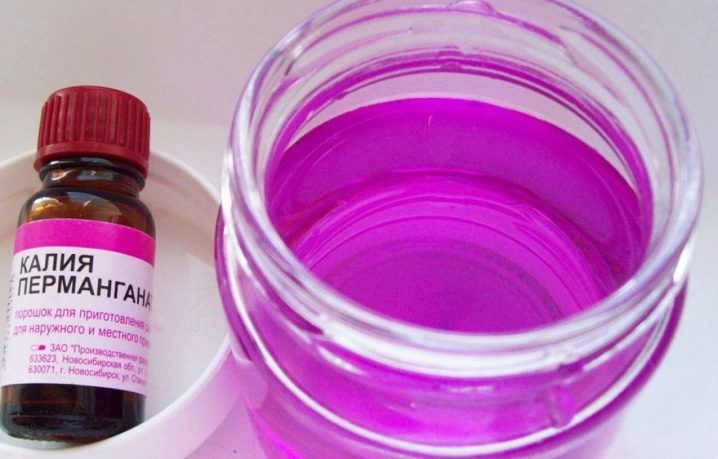
Growing regions
Today, the banana tree is successfully grown in the Crimea and on the territory of Belarus, since there is a suitable climate for many of its varieties. In Russia, gardeners began to plant a tree in the Moscow region, in the Krasnodar Territory and other regions. The main thing is to choose the right frost-resistant variety that will withstand the cold winter.
In the central part, tree shelters are most often used, which protect the azimine not only from the cold, but also from a large amount of snow that can break the crown.
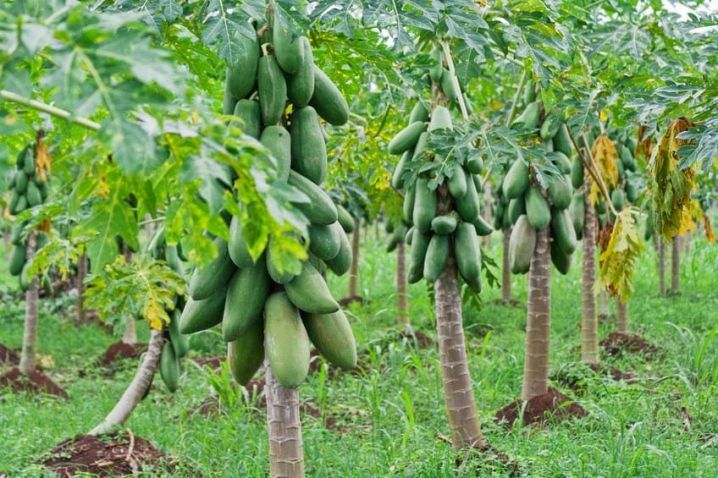



































































The comment was sent successfully.